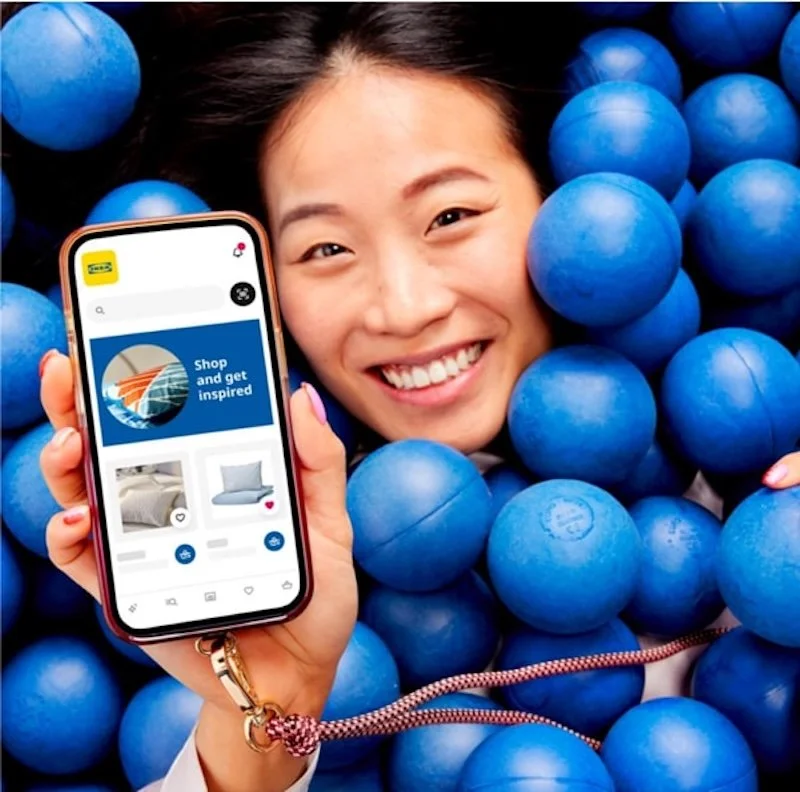Scanbot SDK discusses how customer needs are shaping retail stores of the future
By Christoph Wagner, CEO, Scanbot SDK GmbH
The retail industry is facing seismic shifts, and the Covid-19 pandemic has been rocket fuel for changes in customer demands. Today, digital and contactless shopping experiences are just part of everyday life for many – especially amongst the younger generations.
And it’s those younger customers in particular who demand a seamless omnichannel experience and first rate service. This need only grows as they progress through their buyer journey. To adapt to the changing shopping preferences, retailers have to rethink current store concepts.
We believe that retailers can take their in-store experience to a new level by combining digital and physical channels to create hybrid store designs. If retailers want to keep ahead of the competition, they need to consider in mind four major changes in customer needs:
1. Fast and convenient self-checkout
Younger generations are getting used to the speed and convenience delivered by new digital only players like Gorillas, Flink, Getir, or Gopuff. To measure up, in-store shopping has to be as fast and straightforward as possible.
However, meeting these expectations isn’t easy for traditional retailers on their own. There is no way around integrating new technologies into their customers' buying process.
This doesn’t automatically mean costly and time-consuming investments, though. Launching a mobile self-checkout system is a simple way of quickly and significantly boosting the in-store shopping experience.
For example, using mobile data capture technology, customers can simply scan products with their smartphones and check out in minutes – without having to queue. No longer bogged down by checkout work, employees can instead focus on more important tasks, like customer service.
Overall, this creates a pleasant buying experience, resulting in higher overall customer satisfaction.
2. Value adding smart devices
Apart from speed and convenience, today’s retail customers expect innovative and exciting in-store experiences. By leveraging technologies like augmented reality or mobile data capture, retailers can provide customers with personalised and value adding services in their stores.
Mobile apps, in particular, will play a crucial part in the hybrid shopping experience, as they are a versatile platform for enhancing stores with digital offerings. For instance, customers can easily access useful product information.
Thanks to fast, powerful barcode scanning features, customers can instantly check a product’s origin, nutrition facts, or environmental footprint. Information of this kind is growing more important, as today’s consumers care about supply chain transparency.
Just as importantly, mobile applications let retailers provide highly personalised product recommendations and individual discounts. Deep personalisation doesn’t just increase customer loyalty but also boosts sales.
3. Technology driven customer support
Given the ever deeper integration of digital services into retail stores, it’s natural to ask what role personal employee-customer interaction will play in the future.
Key to answering this question is that customers today expect excellent service everywhere – also in retail stores. After all, getting personal assistance from store employees is the main reason consumers still prefer physical stores to e-commerce.
And that means that customers expect fast, competent answers. As a result, store employees need to be ready for questions about product features, discounts, or stock levels at any time.
This is particularly relevant for segments like consumer electronics or cosmetics, where employees assist with many product-related questions.
In the future, retail staff will have to focus even more on providing meaningful customer interactions – actively supporting them in their shopping process.
Smart mobile devices help them achieve this goal and take service quality to a new level. To answer customer questions, employees can easily access product information on the go, simply by scanning a product’s barcode.
Not only does this greatly improve interactions with employees, but it also makes them more agile, as there is no need to go to a computer to retrieve detailed product information.
4. Seamless omnichannel experience
Going forward, retailers will need to carefully orchestrate both digital and physical channels. Customers increasingly demand a seamless omnichannel experience, one that truly combines e-commerce with physical touchpoints.
It’s easy to see why: An omnichannel approach gives customers the best of both worlds, fusing the sheer convenience of e-commerce with the personal touch of in-store retail.
As a result, services such as BOPIS – buying products online and picking them up in-store – are becoming increasingly popular. They enable customers to shop from anywhere at any time, offering them the flexibility they want.
In summary, the demands of retail customers are undergoing considerable changes. In response, retailers need to revamp current store concepts. To satisfy the growing need for fast, convenient, and innovative digital services, the first priority is to integrate digital channels and physical stores.
Changing needs also lead to changes in the role of store staff. Rather than handling check-outs, for instance, they will be focusing more on customer service during the buying process.
However, customer facing apps and mobile data capture will have the greatest impact on what retail stores will look like in the future. Taking advantage of this platform, retailers can offer their customers an exceptional in-store and omnichannel digital experience.








Continue reading…